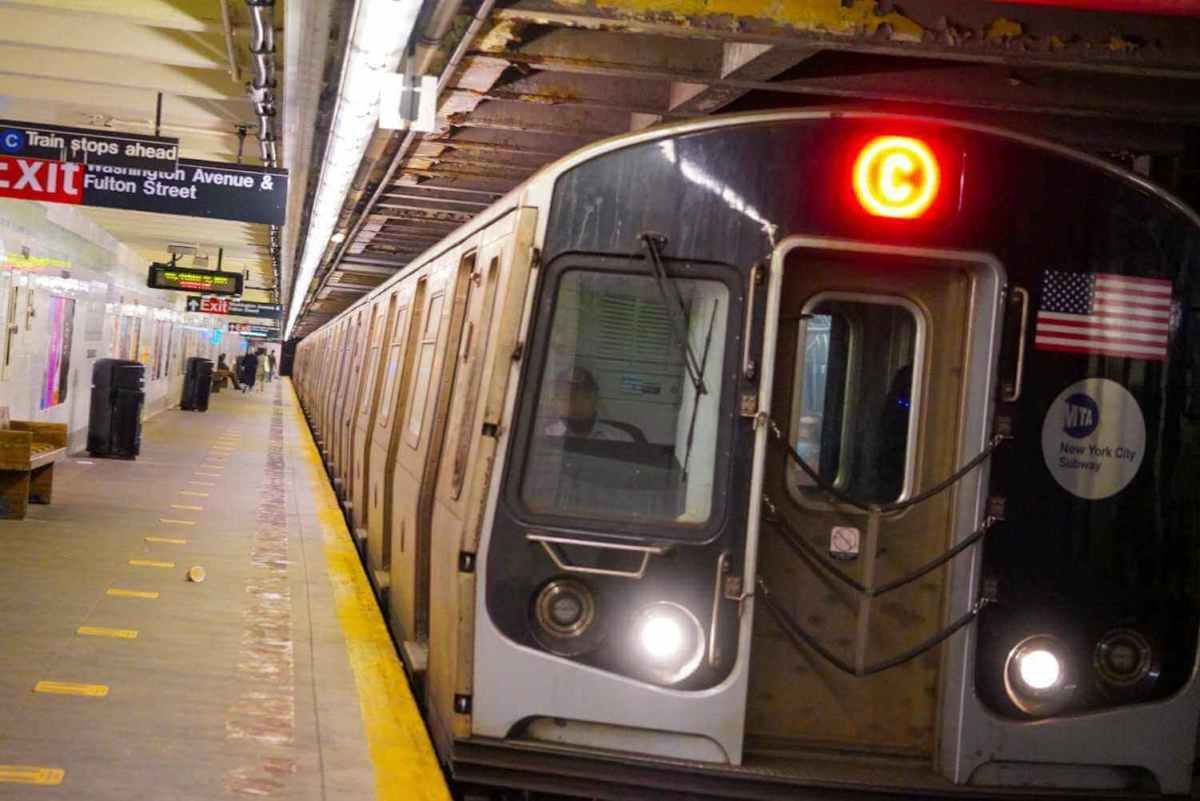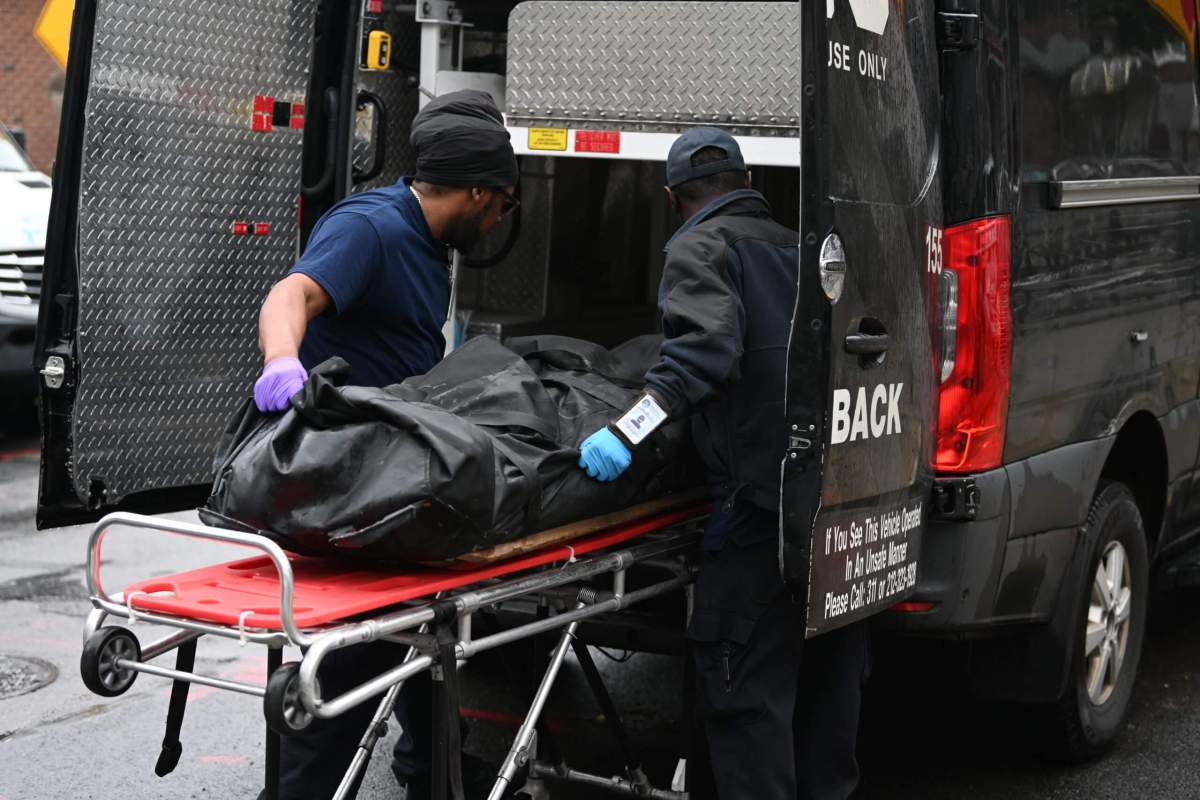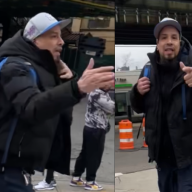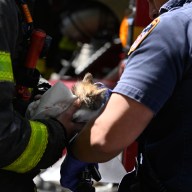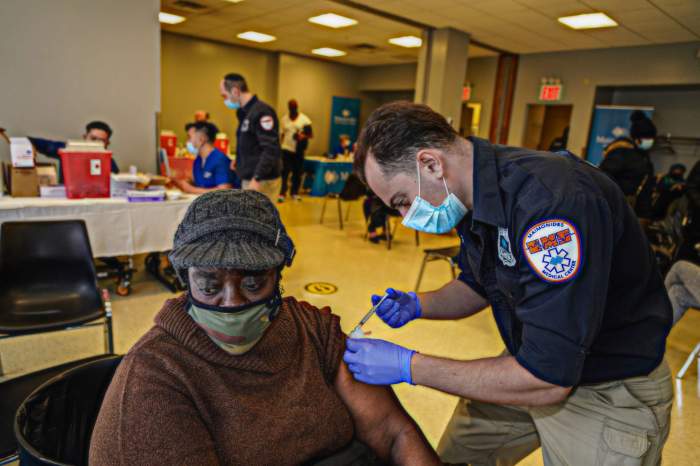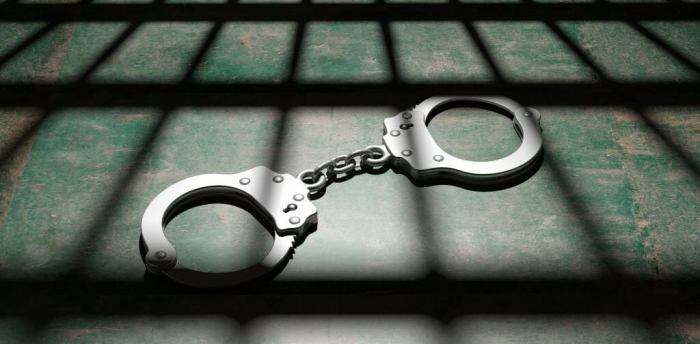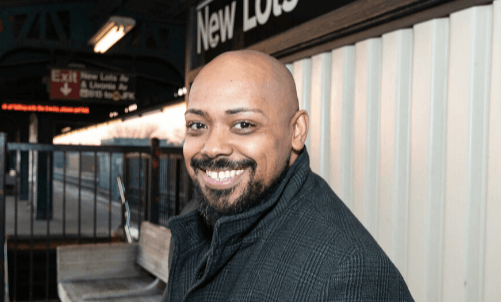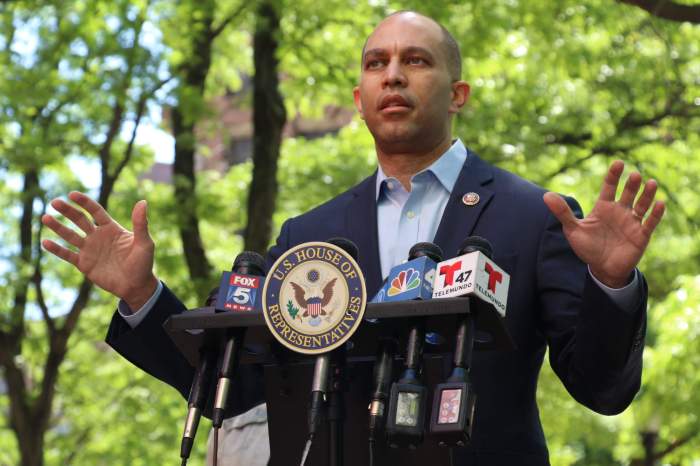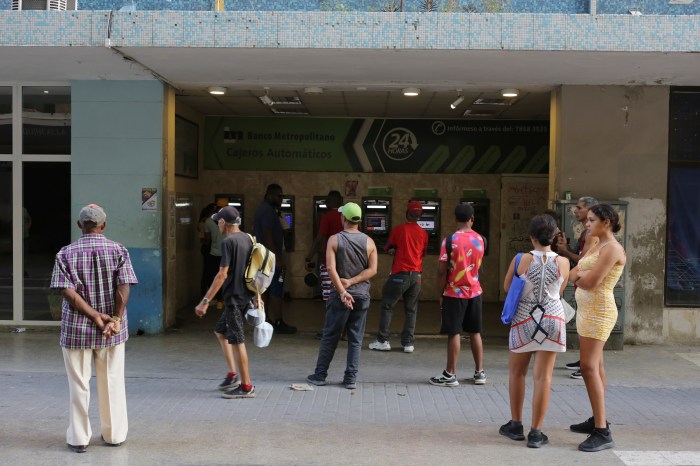It’s a subway line John Cena would appreciate — as these days, “you can’t see” the C train.
Some Brooklyn and Manhattan commuters suffered a particularly rocky start to the post-Labor Day return to the office as more than one in five C trains didn’t run in September, according to newly-released figures by the Metropolitan Transportation Authority.
MTA’s New York City Transit counted 79.3 percent of C train service “delivered” on weekdays — which is jargon for the rate of scheduled trains that actually run. That means 20.7 percent of subways on the C line never showed up, according the MTA Board’s monthly NYCT committee books released Friday.
That makes the C the worst-performing line and well below the systemwide average of 89.5 percent service delivered last month, which is down 7.3 percent from September 2020, albeit very slightly up from August when the overall rate was 89.3 percent.
Less than two in three, or 63.7 percent, of C trains were on time during weekdays, which MTA counts as within five minutes of their schedule, making it the tardiest train.
Across all subway lines, the on-time performance is at 80.6 percent, down 9 percent from the same time last year and 2.6 percent lower compared to August.
Meanwhile, September’s top performer for service delivered was the J/Z line at 96.4 percent and for on-time rates the high achiever was the L train at 92 percent, excluding the three shuttle services.
The C train runs locally on the Eight Avenue Line between 168th Street in Washington Heights and Euclid Avenue in East New York, Brooklyn.
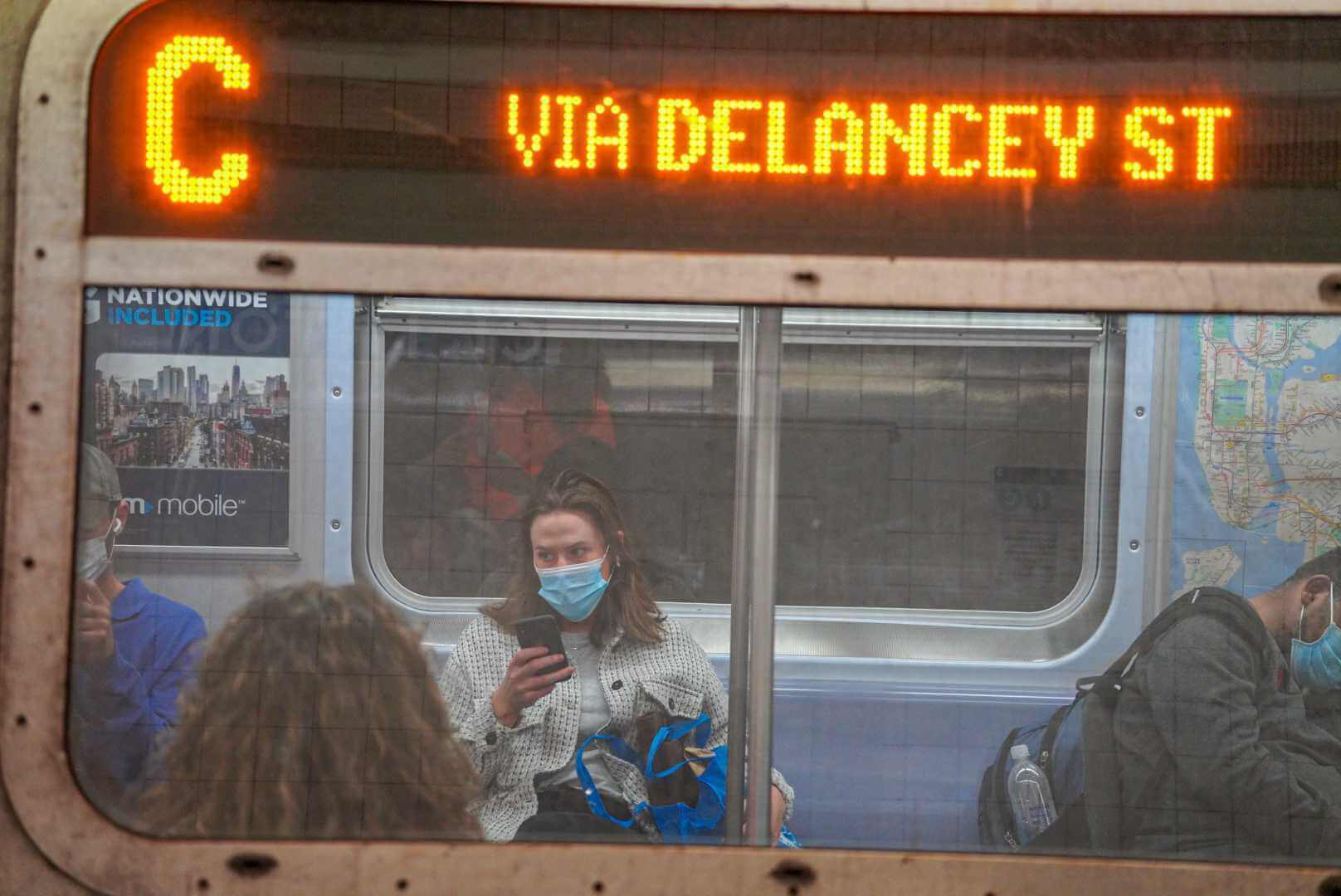
The agency chalked up the drop in both service metrics across the board to ongoing crew shortages, forcing them to cancel trips.
Crew shortages have been a problem for months as conductor and train operator ranks have been whittled down by a pandemic-era hiring freeze, illness, and retirements, THE CITY reported.
There were a whopping 31,413 weekday trips delayed in September and the most common cause was a lack of staff, which caused 11,370 delays, or 36 percent. On weekends, the dearth of workers made up an even greater rate of delays at 42 percent, according to MTA.
Transit gurus have said they’re stepping up hiring and training new workers in order to curb the issue.
“We are continuing all the aggressive steps I laid out in September to address crew shortages,” wrote NYCT Interim President Craig Cipriano in the report released Friday. “We are intensely focused on service delivery, bringing on new train operators, conductors, and bus operators.”
Senior Vice President of Subways, Demetrius Crichlow, wrote that he was able to welcome 32 new conductors at their graduation last month.
The agency has tapped recent retirees to return to service, and about 60 people “expressed a willingness” to come back temporarily, Cipriano added.
“NYC Transit is exhausting every avenue to quickly increase the number of available train crews including bringing back 60 recently retired train operators and conductors, working with our labor partners to allow more flexibility in scheduling, recruiting new hires, targeting outreach to veterans, shortening training time, expanding classes and offering to buy back vacation time,” said MTA spokesman Aaron Donovan in a statement to Brooklyn Paper’s sister publication amNewYork Metro. “These efforts are starting to bring results – in the form of more service delivered for customers overall, which increased systemwide from August to September.”
Ridership has continued to return as more people come back to work at offices, to about 55 percent of pre-pandemic levels on subways in the first two weeks in October, compared to about 63 percent on buses, according to MTA’s most recent daily counts.
Subways also registered more than 3.2 million riders for the first time since the pandemic began on Friday, Oct. 14.
One Brooklyn straphanger said the delays have caused him to be late for appointments on more than one occasion.
“It’s really difficult on the weekend, especially at night time. It’s very dangerous because it’s late and you don’t know [when the train is coming],” Makahel Bhrown said at the Clinton-Washington Avenues stop in Clinton Hill. “Security needs to be first, the MTA needs to help us and do better.”
Another rider said that even if the delays aren’t bad, he’s experienced long headways between trains.
“It’s like they don’t say it’s a delay, but sometimes it will take like 16 minutes for a train,” said Leo Brackett.
Additional reporting by Dean Moses
This story first appeared on amNewYork.


